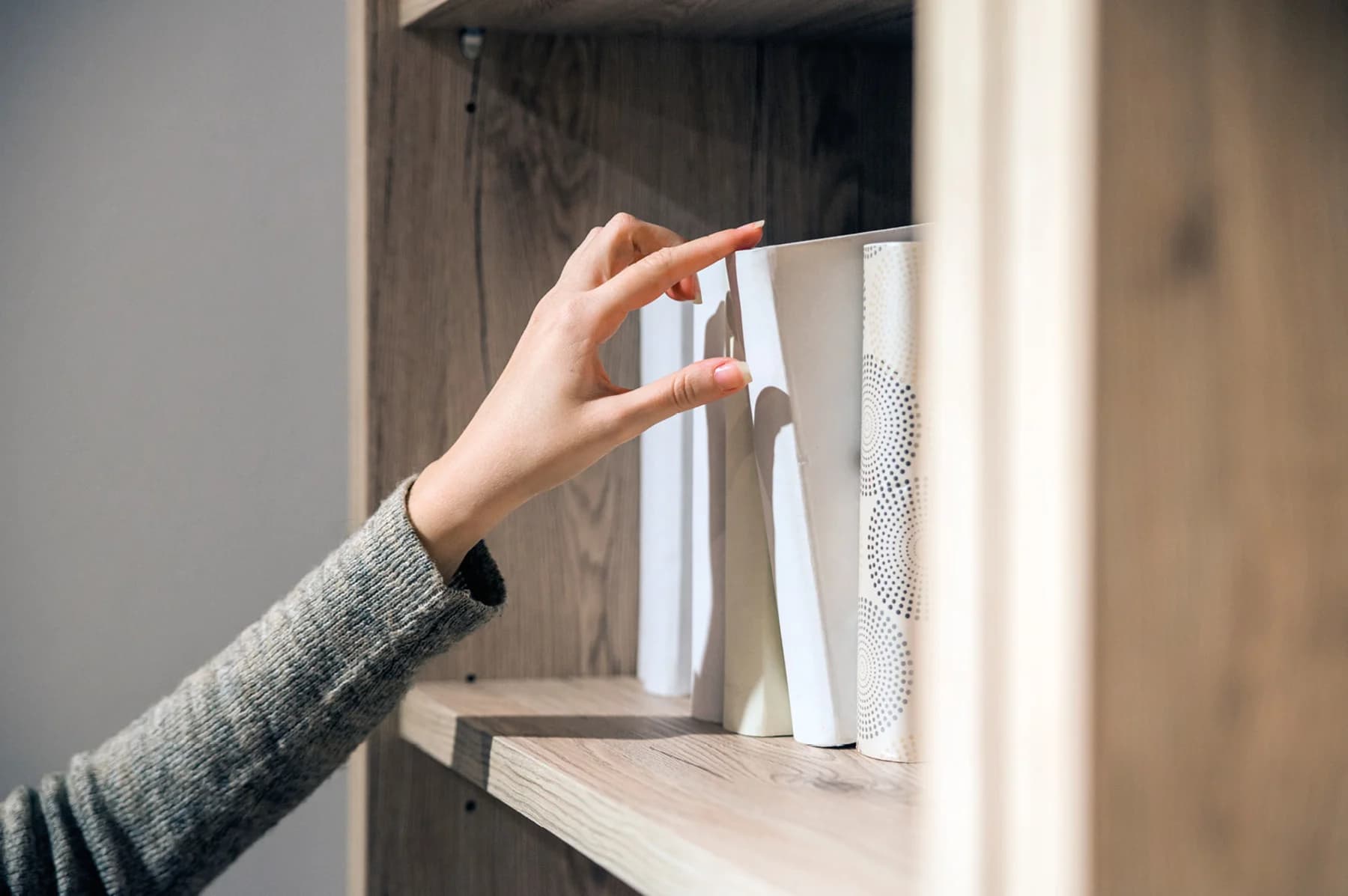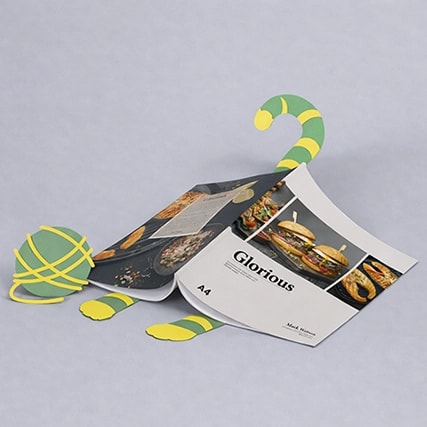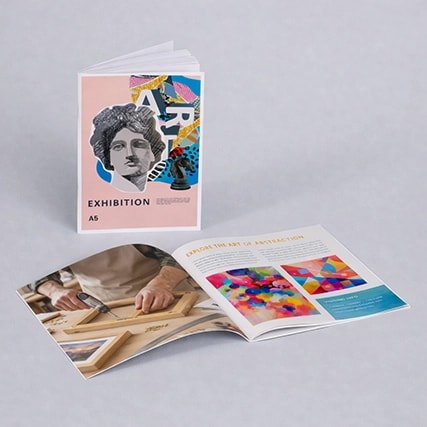
Binding types and how to choose for your book
Your documents or manuscript is now ready for print – and now it’s all about those finishing touches to make sure it looks the part. But don’t worry because when it comes to binding, we’ve absolutely got you covered! You could be forgiven for not paying much attention to the finishing touches of your book or brochure because probably in the early stages it’s been all about the writing, the artwork and creating the right style and feel. However, once you’re at the point where printing is the next move, then how it’s presented becomes high on the list of priorities. If you’re not familiar with what is the best choice for a particular product then never fear - here’s our no-nonsense guide to binding which should help you along the way.
Case Bound Books
When you’re looking for a quality finish, then case bound is definitely one to consider. It’s a hardcover – or case – where the text pages are printed as a book block and then inserted into the cover. Endpapers are then glued in place in the front and back cover to hold everything together – and the result is a stylish, high-quality product. Case binding is most often used for hardback books and when someone really wants their product to look premium. It’s a great choice for books that are going to have a long shelf life, particularly for a school yearbook, an upmarket museum or auction catalogue, or even the first edition of a novel. To really add to the overall appearance, metallic foils can be used for any wording.
Perfect Bound Books
Perfect binding, also known as PUR might seem a bit of a mystery – but if you’ve ever bought a paperback book, then that’s how it’s been finished. PUR binding uses an adhesive to hold the page together, which is spread across the spine and then the soft paper cover is placed over the top to create the finished product. It’s a very cost-effective solution and can accommodate books and brochures with up to 600 pages so if you’re wanting to bring that blockbuster novel to market, this is definitely the way to do it.
Saddle Stitched Books
When you buy your favourite magazine you probably don’t pay much attention as to how it’s held together, but if you do then you’ll know that it’s been saddle stitched. This type of binding is perfect for smaller documents, booklets, programmes or catalogues – and also for the latest edition of everything from Heat to Woman’s Own.
Wiro Bound Books
If you see a book with a spiral wire along the side then you probably think of notebooks, but this method of binding has a number of applications and is very versatile. For any organisation or company which has a printed handbook or document which needs updating regularly, wiro bound books (or booklets) are an excellent choice. Rather than reprint from scratch, it’s possible to take the wire out and remove the redundant pages, replace them with the new ones and have the wire re-inserted. That option is particularly useful for staff manuals, where legislation and rules may change but only the relevant sections can be altered, making possible huge cost savings. Wiro bound books are also great for creating merchandise for your company, supplying customers or employees with a personalised notebook for their own use.
Layflat Books
Layflat binding does exactly what it says on the tin – produces a book that can be opened completely flat. You will likely recognise these as photo books or coffee table books. Books created in this way use one continuous sheet of paper for a spread, rather than two separate pages which face each other. This is particularly useful if you have a large image you want to run across two facing page which can be seen as one, with only the most subtle of fold lines down the middle. For photobooks or, for perhaps an upmarket brochure for an expensive housing development, this method is an excellent choice because the reader gets a really impactful view of the image.
How do I choose the right binding type for my book?
Now that you’re familiar with all the options, you can make an educated choice to find the right binding for your particular needs. There are also a number of add ons that can also enhance your finished item such as foils or Scodix, which creates a 3D element that can massively improve its perceived value. And don’t be afraid to look at unusual sizes or shapes for your document – again this can really make it stand out from the crowd. Before you decide, look at who your audience is, what the price point is for the item if it’s something you’re selling or what you’re trying to convey.
Check out our range of books and brochures! Cheap and cheerful can still be stylish and impressive and luckily there are plenty of choices to ensure when it comes to binding, you’re never in a bind!
Posted on January 27, 2022 by WTTB
Related topics:


